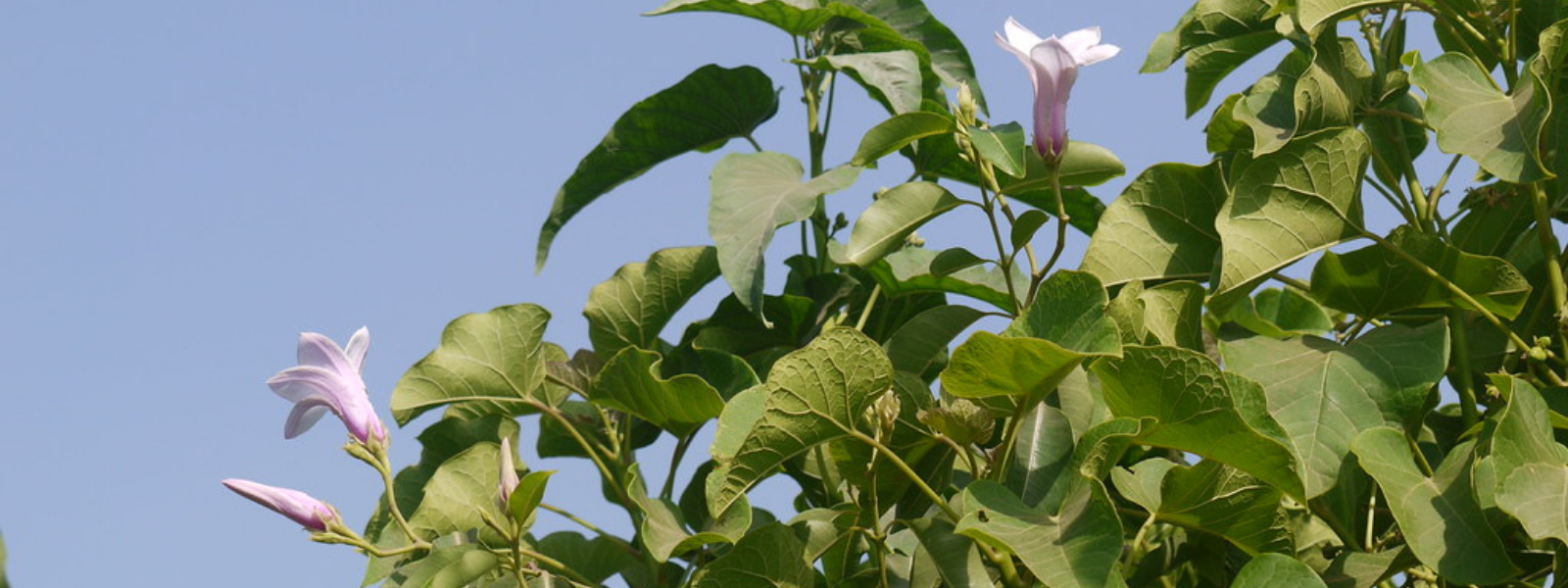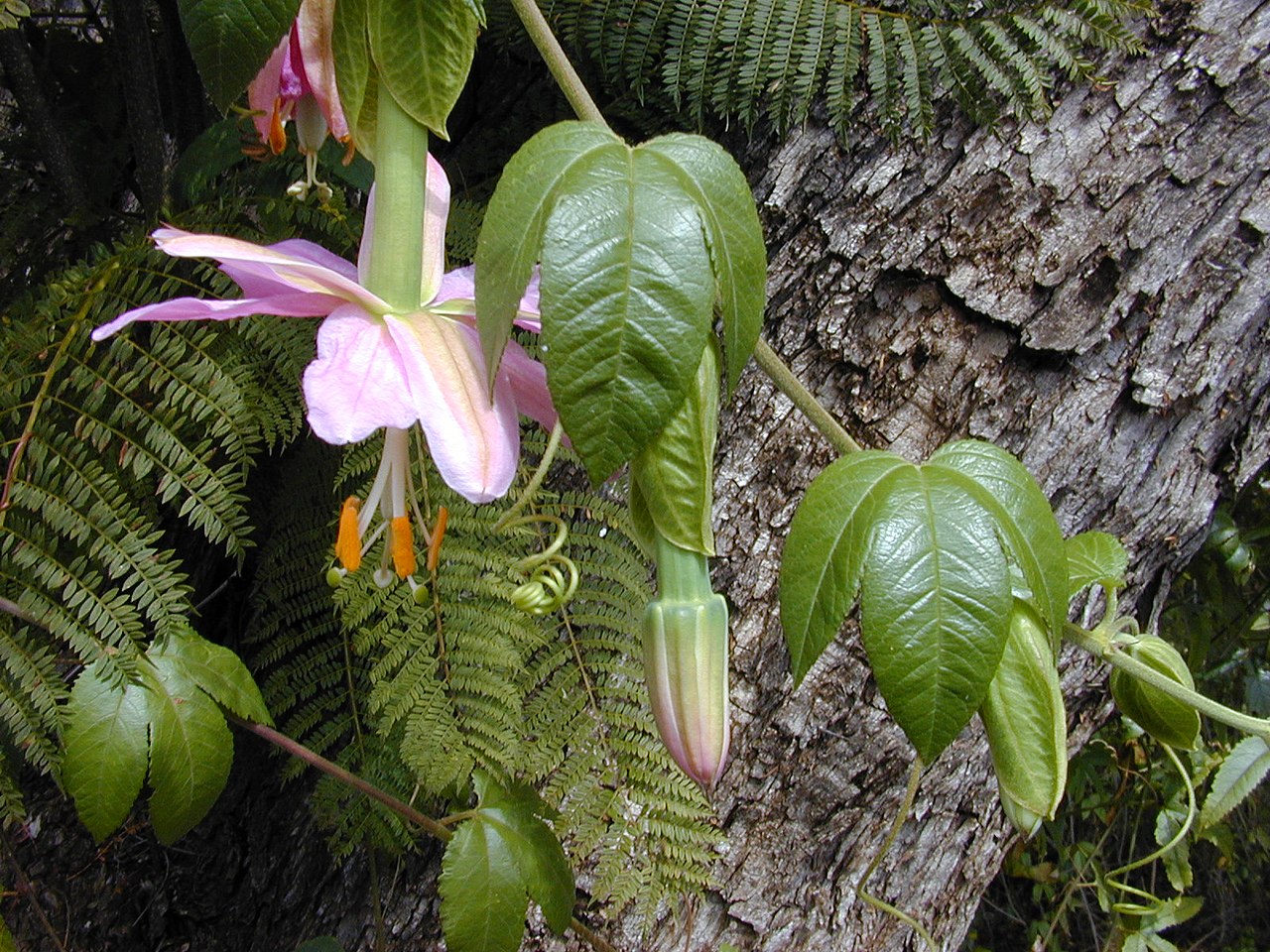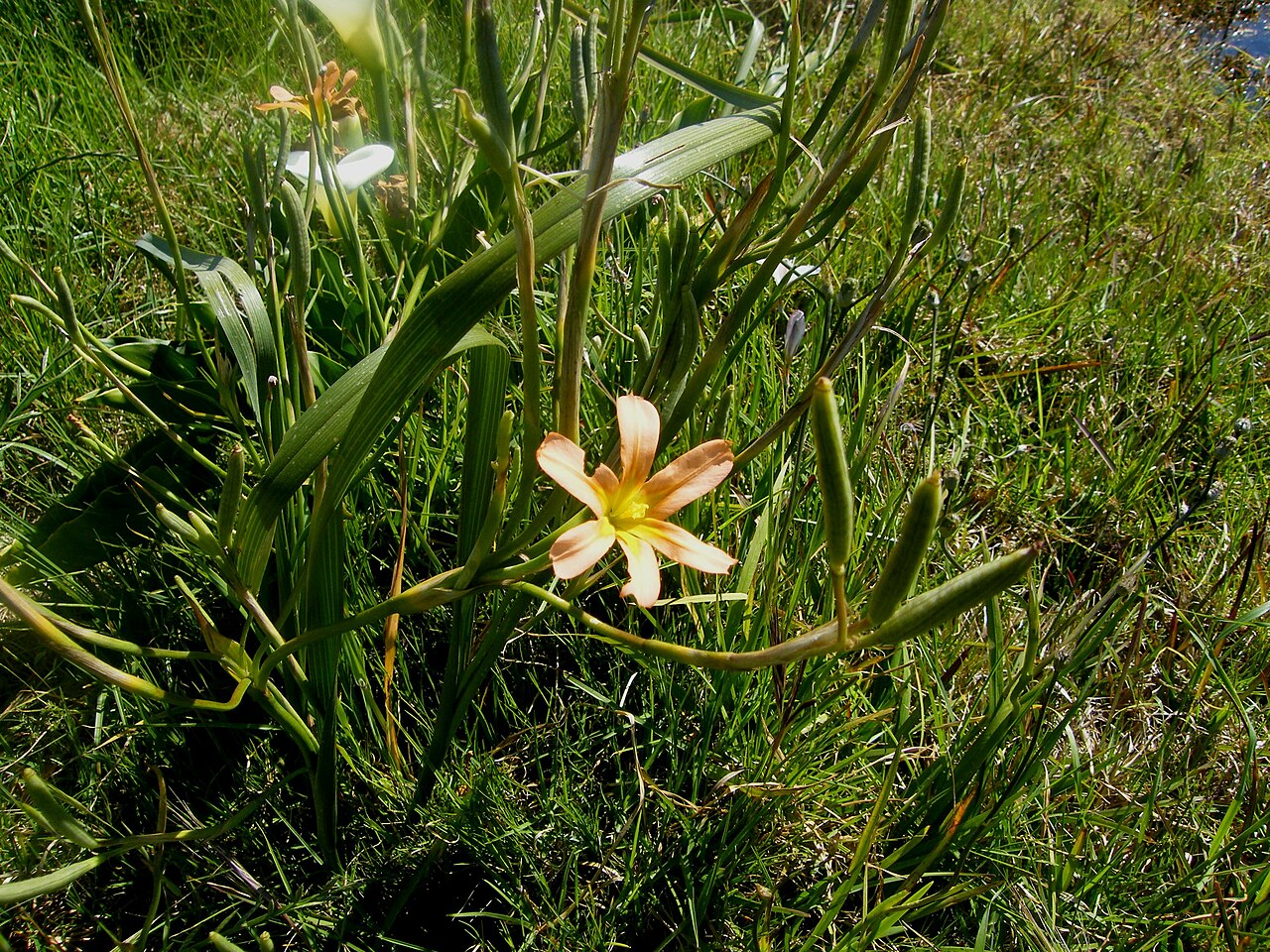
Common Name
Rubber Vine, India rubber vine, Palay rubber vine, Purple allamanda
Scientific Name
Cryptostegia grandiflora
Family
Apocynaceae
Lifecycle
Perennial
Seasons of Growth
Year-round
Key Distinguishing Feature
Climbing vine with rubbery sap and large pink or purple flowers
• Growth Form: Rubber Vine is a vigorous, climbing vine that can reach great lengths. It may climb over other vegetation or structures.
• Leaves: The leaves are opposite, simple, and dark green. They are often glossy and have entire margins.
• Flowers: The flowers are large, trumpet-shaped, and typically pink to purple in colour. They are borne in clusters.
• Fruit: Rubber Vine produces elongated, paired pods that contain seeds.
• Latex: The plant contains milky latex, which is a characteristic of many species in the Dogbane family.
• Habitat: Rubber Vine is commonly found in a variety of habitats, including open woodlands, riparian areas, and disturbed sites. It is native to Madagascar but has naturalized in other regions, including parts of Australia.
Ecological Impact:
• Rubber Vine is considered invasive in many regions outside its native range. It can smother native vegetation, alter ecosystems, and negatively impact grazing land and agriculture.
• The latex in Rubber Vine can be toxic to livestock if ingested.
Control Methods:
• Control of Rubber Vine often involves a combination of mechanical, chemical, and cultural methods.
• Mechanical methods include cutting, uprooting, or removing the vines to prevent seed production and reduce the spread.
• Herbicides may be used for control, but care must be taken to use them safely and effectively, following local regulations.
• Preventing the establishment and spread of Rubber Vine through early detection and rapid removal is important.
Rubber Vine is a challenging invasive vine that requires active management to prevent its spread and protect native ecosystems, grazing land, and agriculture. Local agricultural and environmental agencies often provide guidance on the best control practices for this invasive species.
Key Products for Control:
-
Indigo MetForce - Metsulfuron Methyl
-
Adama Enforcer - Picloram, 2,4-D
-
Adama Safari - Triclopyr
-
Adama Cutlass - Dicamba
-
BioHerbicide Di-Bak AM - Aminopyralid and Metsulfuron methyl




